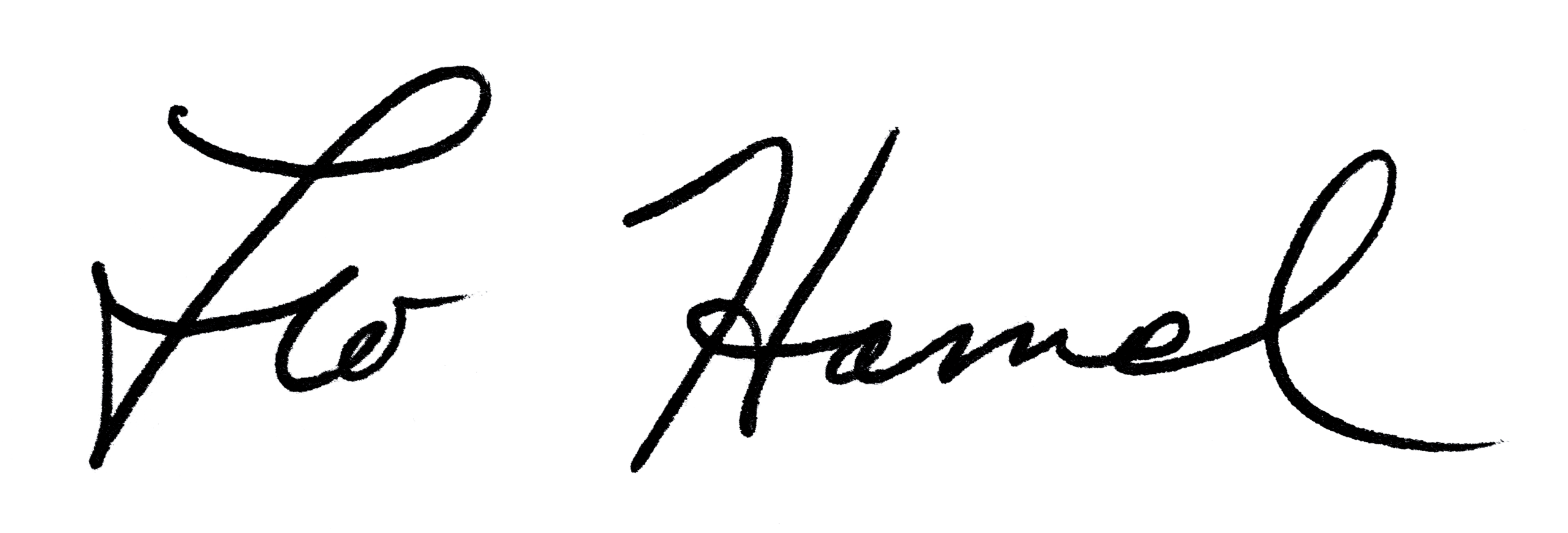
Leo Hamel Fine Jewelers Policy Letter
Who Delivers and Takes in Repairs
In an open store where sales people are on the show room floor and you have no receptionist usually the first person to greet the customer is the salesperson. If the person is there for a repair the repair person would be called but the salesperson hangs with the customer getting into better communication with an eye on making a sale as well. In a store where there is a receptionist, the receptionist would first call a repair person, then call that persons salesperson or next sales person who is up if new customer, to come up and try to make a sale as well.
The reason for this is that every person in for a repair is a potential sales cycle. We want everyone thinking sales. If it turns out there is no chance for a sale, today at least, set up a future sale then; the sales person can then turn it over to a sales assistant or repair person to be written up. If there isn’t a sales assistant or repair person available (meaning they cannot drop what they are doing right then) then the next person in line to do it would be anyone who can write up a repair. A sales person can always write it up themselves but keep in mind the sales persons job is to sell and should if anyway possible get back to that.
On repair deliveries you have another chance to make a sale and this can be done after calling repair up to handle delivery. Again, when repair is busy the sales assistant can deliver; if none of those are available the sales person can do it. But ideally repair and sales work together to take in or deliver the repair AND make a sale and a very happy customer.
As we are a sales organization, our prime focus is sales. When a person comes in they are greeted immediately by whoever is near the person. A sales person should come up and establish what the customer wants and looks them up on the computer. (or reception does this in some stores.)
If the customer is here for a repair the salesperson or reception can call up repairs while further establishing whether or not a sale can be made. While the repairperson checks in the repair, sales person should continue to determine (by conversation, by looking at notes in computer) what can be sold to the customer.
When all attempts are exhausted then the sales person can work on what can be sold in the future. Anniversaries and birthdays are noted in the file and possible things they want in the future are noted so that they can be followed up on in the future. “What do you want and when” should be determined and noted in the file.
The guiding principles are:
- Make the customer welcome
- NEVER make the customer wait
- Solve the problem they came in for.
- Enlighten them on some item they will love and help them purchase it.
- Make their experience such that they are really glad they came in.
When the above is all done, the customer can be left with the repairperson to finish up. The entire above can and should be done quickly but thoroughly so that the salesperson can move on to the next customer or phone call.
The repairperson should be alert to what is said and to any comments the customer makes that could lead to a sale and can call the salesperson back up should an opportunity to make a sale present itself. If all salespeople are busy then the repairperson should make the sale or get someone who can make the sale. In the event everyone is busy then the repairperson should stall until someone becomes available.
Our prime focus is sales. If we are constantly considering “What do they want and when?” and then “How can I get the customer to buy now?” the above comes naturally.
enlighten – to provide someone with information and understanding; to explain the true facts about something to someone
